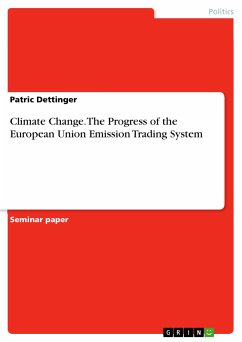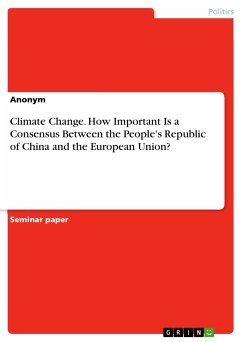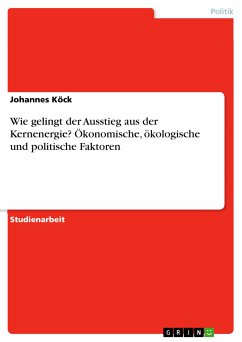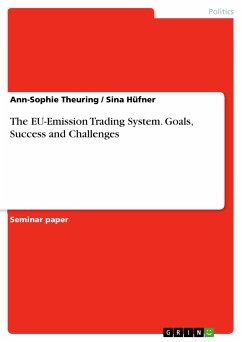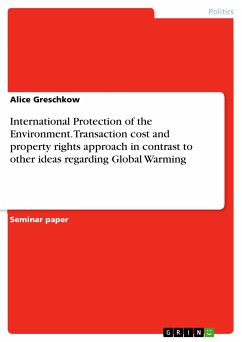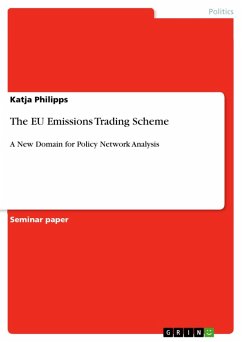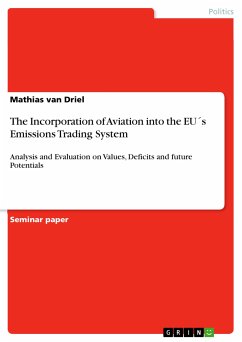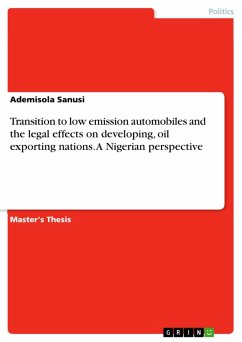Seminar paper from the year 2019 in the subject Politics - Environmental Policy, grade: 1,7, University of Applied Sciences Stuttgart, language: English, abstract: The work discusses the European Union Emission Trading System and analyses its chronological progress. The European Union has a fundamental role in setting bindingly ambitions for member states to fight the global warming with global and international, not national measures. Between 1990 and 2012 the EU achieved a decrease of greenhouse gas emission by 19 percent meanwhile the economy grew about 45 percent at the same time. The European Union campaigns for the climate protection. The reason why is the fact that the percentage of greenhouse gases, mainly carbon dioxide, in the Earth's atmosphere is higher as it was at least 800 thousand years ago. 80 percent of the greenhouse gases produced in the European Union (EU) derive from the combustion of energy carriers like fossil fuels, which leads to the problem that the more greenhouse gases we have in the atmosphere, the less sun energy can escape it and the earth starts to heat up. As a result of the increasingly noticeable consequences of the climate change the policy must diminish the anthropogenic greenhouse gas emission. For that, the most approved instrument is the Emission Trading System (ETS), which all 28 EU member states plus Iceland, Liechtenstein and Norway have already inserted.
Dieser Download kann aus rechtlichen Gründen nur mit Rechnungsadresse in A, B, BG, CY, CZ, D, DK, EW, E, FIN, F, GR, HR, H, IRL, I, LT, L, LR, M, NL, PL, P, R, S, SLO, SK ausgeliefert werden.

